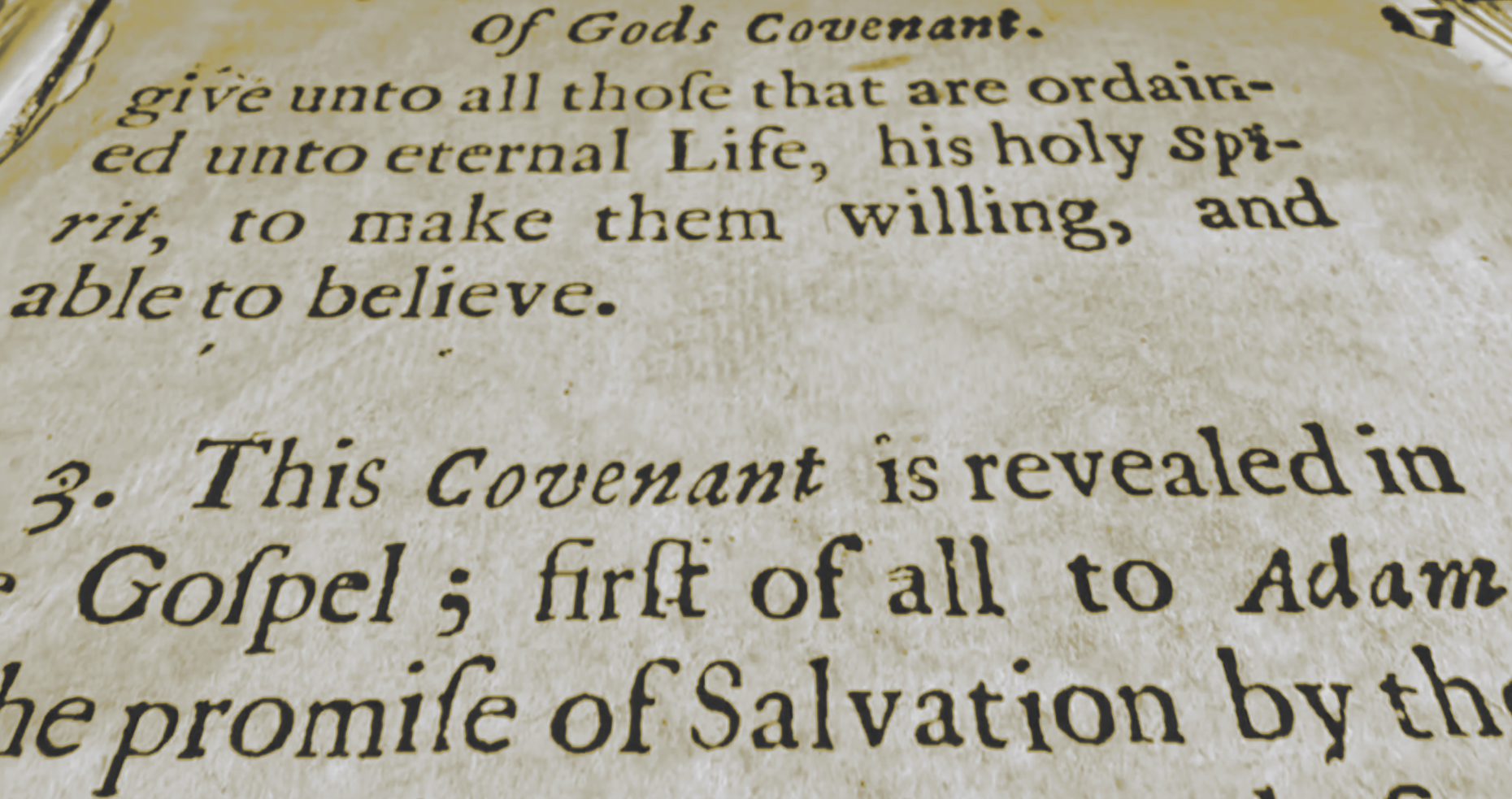by Matthew Y. Emerson
Early (17th and 18th century) British Baptist life exhibited two different ways of relating to the creeds and confessions of earlier Christian thought. On the one hand, many early Baptists exhibited a desire to show commonality with what the Church had historically believed. We could note numerous examples here, but two will suffice: the Second London Confession (1689) of the Particular Baptists, and the Orthodox Creed (1679) of the General Baptists. Both of these early Baptist confessions of faith explicitly connect their authors’ beliefs to the Christian tradition, and do so through appropriating the wording of earlier confessions: Second London relies heavily on the Westminster Confession of Faith, and Article 38 of the Orthodox Creed acknowledges the derivative authority of the three ecumenical creeds.
On the other hand, some early Baptists rejected creedal authority both in theory and in practice. For instance, Robert Robinson urged his fellow British Baptists to reject creedal authority in favor of a more biblicist approach. A more extreme example, at least in practice, comes from Matthew Caffyn, who, in the Enlightening spirit of his day, questioned many tenets of Christian orthodoxy, including the hypostatic union and the Trinity. His approach to orthodoxy – that it should be rejected when one’s own reason and exegetical investigation leads to the conclusion that it is false – quickly led Caffyn to adopt Socinianism. While heresy charges were brought against Caffyn at the General Baptist Assembly, both in 1686 by Joseph Wright and then again 1693, he was never expelled from the association or from his church. And although a group left the General Assembly after the heresy charges failed in 1693 and formed their own General Association, eventually they reunited in 1731. “Lay aside the teachings of Christ,” a partial quotation from Heb. 6:1–2, gave them the prooftext they needed to allow associational bonds to triumph over doctrinal fidelity.
What led to these two divergent approaches to traditional Christian orthodoxy? Certainly there are a multitude of factors, but for our purposes we will emphasize two: religious liberty and the approach of the Enlightenment. Regarding the former, early Baptists had to make vigorous arguments for religious liberty. Their Anabaptist kin had been drowned and exiled in the previous century, and early Baptists faced many of the same struggles against religious persecution. In this regard, they made at least two kinds of arguments, which dovetail with the two approaches to orthodoxy described above.
First, some early Baptists were at pains to demonstrate the continuity of their beliefs with other Protestants, because they felt that this might alleviate some of the adverse reaction both Anglicans and Separatists had toward them. This, in part, explains why both General and Particular Baptists wanted to connect their creedal statements to both their Protestant and catholic forebearers.
A second approach to religious liberty, though, came when both these “confessional” Baptists and more exclusively biblicist ones, like Robinson and Caffyn, made scriptural and logical appeals for religious liberty because they were dissenting from the religious norms of their day. For the authors of Second London and the Orthodox Creed, this dissent remained largely at the level of (although not limited to) ecclesiology, including polity and baptism. For Robinson, Caffyn, and others who were like-minded, though, their doctrinal dissent, both theoretically and practically, meant liberty to believe whatever Scripture and reason demanded, even if it departed from traditional orthodoxy. Of course, both confessional and more biblicist Baptists made appeals for religious liberty for all people to believe whatever their conscience demanded. But only the latter took this appeal for religious liberty to mean also that they could radically depart from historic tenets of the faith and remain Baptist (and Christian!).
The other factor that I’ll briefly mention here is the spirit of the Enlightenment. Whether one prefers a later date (1715) for its beginning or an earlier one, there is no doubt that the forces at work in the Enlightenment were already exerting influence in the late seventeenth century. The scientific revolution’s empiricism and Descartes’ rationalism were especially important in this regard, as Caffyn, other Socinians, and many others who departed from orthodoxy could not find biblical rhyme or logical reason in doctrines like the Trinity or classic Christology.
It would take a much longer argument to make the case, but these same tendencies appear to be at work in Baptist life today. On the one hand, many Baptists are still keen on defending Trinitarian and Christological formulas, while also (of course) remaining convinced of Baptist distinctives. On the other hand, there are also Baptists and baptistic theologians who argue for a more exclusively biblicist approach to their doctrinal formulation, leading in some cases to a rejection of classical doctrines or to an eschewing of all confessions and creeds. In my estimation these two tendencies are part of a larger methodological divergence: a confessionally-minded biblicism that affirms sola scriptura without equating it with solo or nuda scriptura, and a starker biblicism that does not want any outside influences (including traditional creeds and confessions) to impact one’s exegesis and doctrinal formulation. And, at least in the case of Matthew Caffyn, this divergence has existed in some form since the beginning of Baptist life.


